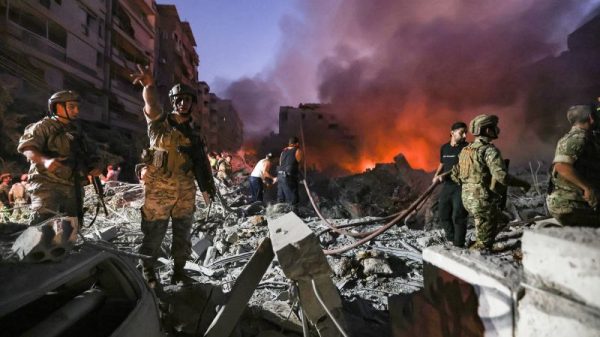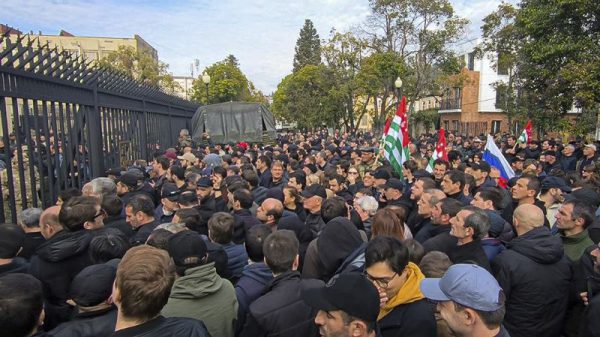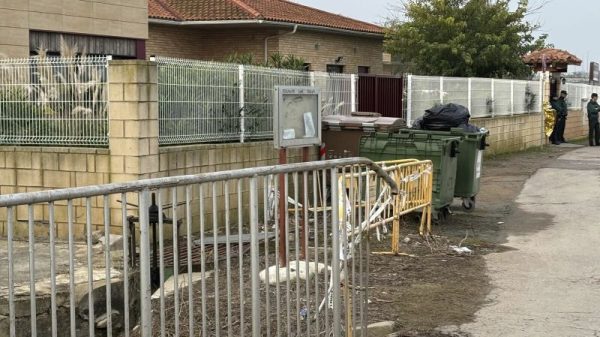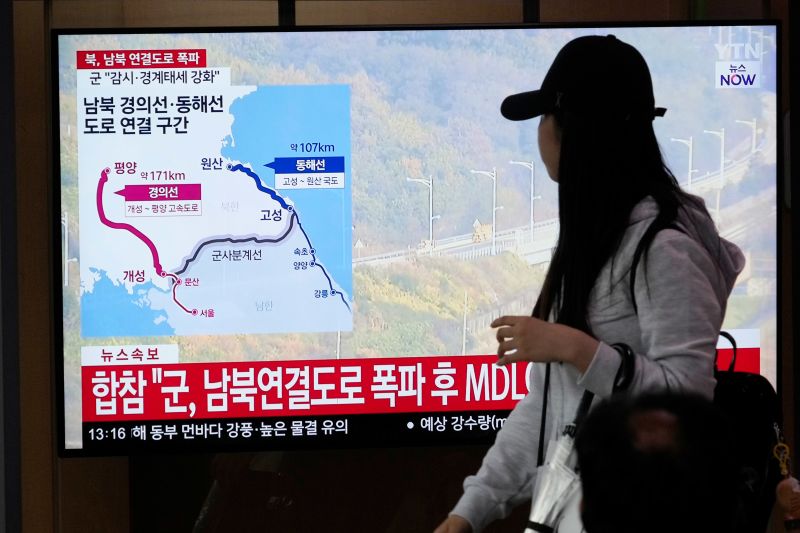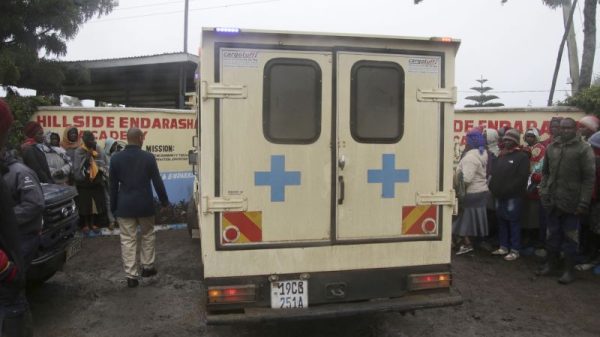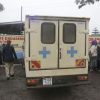North Korea blew up parts of two major roads connected to the southern part of the peninsula on Tuesday, South Korean authorities said, after Pyongyang warned it would take steps to completely cut off its territory from the South.
Parts of the Gyeongui line on the West coast and Donghae line on the East coast, two major road and railway links connecting the North and South, were destroyed by explosives at around 12 p.m. Korean local time, according to Seoul’s Joint Chiefs of Staff (JCS).
In practical terms, the destruction of the travel routes makes little difference – the two Koreas remain divided by one of the world’s most heavily fortified borders and the roads were not in use for years. But its symbolism comes at a time of particularly fiery rhetoric between the two Korean leaders.
Video shared by the South Korean Defense Ministry showed several explosions on roads on the north side of the military demarcation line that separates two Koreas. Heavy machinery including trucks and excavators were then deployed to at least one of the roads, which was partially blocked by a black barrier, according to the video. The JCS said the North was conducting “additional works with heavy machinery” at the scene, but didn’t specify further.
In response to the explosions, the South Korean military fired artillery within the area south of the military demarcation line and is closely monitoring the North Korean military’s movements, maintaining “fully readiness posture under cooperation with the US,” the JCS said.
On Monday, South Korea said it had detected signs that North Korea was preparing to demolish roads that connect the two countries, warning that the explosions could occur imminently. Its military had implemented countermeasures, the Defense Ministry said, but did not provide specifics.
A spokesman for the JCS, Lee Sung-joon, said the South Korean military detected people working behind barriers installed on the roads on the North’s side of the border.
The blasts come a few days after North Korea accused South Korea of flying propaganda-filled drones over its capital Pyongyang and threatened “retaliation,” in the latest tit-for-tat exchange following months of Pyongyang sending trash-laden balloons to the South.
Last week, North Korea’s army warned that it would take the “substantial military step” of completely cutting off its territory from South Korea, after North Korean leader Kim Jong Un scrapped a longstanding policy of seeking peaceful reunification with the South earlier this year.
North and South Korea have been separated since the Korean War ended in 1953 with an armistice agreement. The two sides are still technically at war, but both governments had long sought the goal of one day reunifying.
In January, Kim said North Korea would no longer seek reconciliation and reunification with South Korea, calling inter-Korean relations “a relationship between two hostile countries and two belligerents at war,” KCNA reported at the time.
An ‘acute military situation’
In a statement carried by state-run news agency KCNA on October 9, the general staff of the Korean People’s Army (KPA) declared that remaining roads and railways connected to the South would be completely cut, blocking access along the border.
“The acute military situation prevailing on the Korean peninsula requires the armed forces of the DPRK to take a more resolute and stronger measure in order to more creditably defend the national security,” he said in the KCNA notice that referred to North Korea by the initials of its official name, the Democratic People’s Republic of Korea.
The general staff said the measures were a response to recent “war exercises” held in South Korea and visits by what it claims were US strategic nuclear assets in the region. Over the past year, a US aircraft carrier, amphibious assault ships, long-range bombers and submarines have visited South Korea, drawing angry rebukes from Pyongyang.
Since January, Pyongyang has fortified its border defenses, laying land mines, building anti-tank traps and removing railway infrastructure, according to the South Korean military.
The North and South Korean leaders have also ramped up the use of fiery rhetoric.
Earlier this month, Kim threatened to use nuclear weapons to destroy South Korea if attacked, after South Korea’s president warned that if the North used nuclear weapons it would “face the end of its regime.”
The comments came as North Korea appears to have intensified its nuclear production efforts and strengthened ties with Russia, deepening widespread concern in the West over the isolated nation’s direction.
Leif-Eric Easley, a professor at Ewha Womans University in Seoul, suggests North Korea’s move to cut its territory off from the South could be a way for Kim to “shift blame for its economic failures and legitimize its costly buildup of missiles and nuclear weapons” by exaggerating external threats.
“Kim Jong Un wants domestic and international audiences to believe he is acting out of military strength, but he may actually be motivated by political weakness,” he said. “North Korea’s threats, both real and rhetorical, reflect the regime survival strategy of a hereditary dictatorship.”













